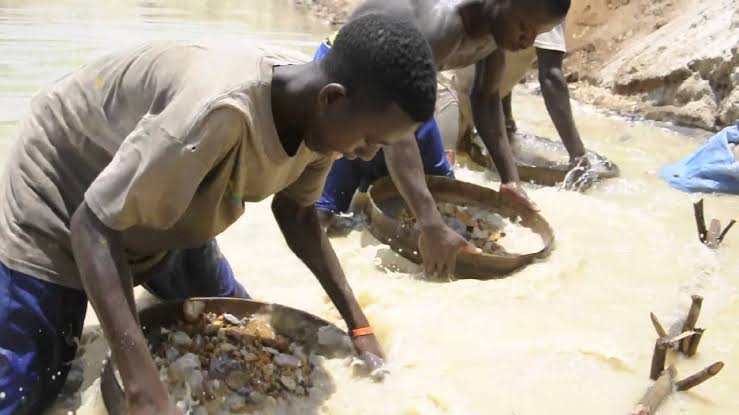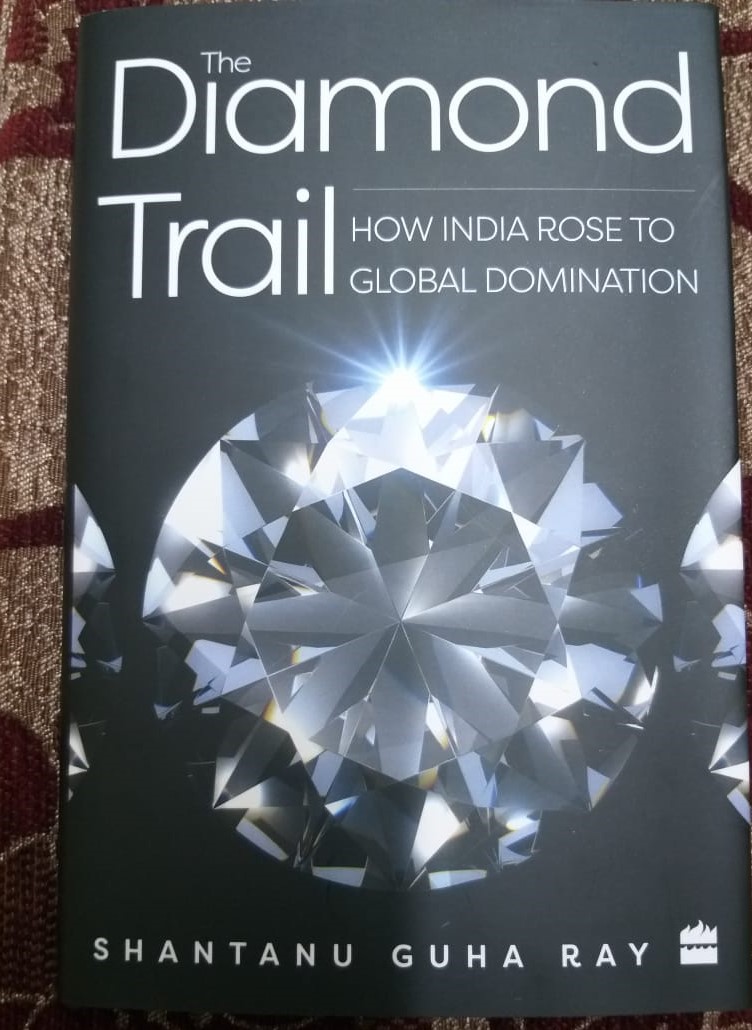Shantanu Guha Ray, seasoned journalist and writer, has hit the markets with his latest tome, The Diamond Trail: How India Rose To Global Domination.
India’s domination in the world of diamonds is known to many but no one has penned the story of the brilliant merchants from Gujarat. And now they are worried because Nirav Modi, Mehul Choksi and Jatin Mehta – once considered as top diamond merchants – are now triggering breaking headlines for all the wrong reasons. But does that put the Indian market in a crisis of sorts, no I do not think so. The diamond market across the world is growing, it is also growing in India and neighbouring China. And what is important is that these two countries will now be shaping the world diamond markets, unlike the big, long domination of the West (read the US and Europe).
The Diamond Trail tells me everything Indians have done to reach the pinnacle of glory and how they worked overtime in far flung Africa – home to the world’s biggest diamond mines – and also in Antwerp, Dubai, and Surat to shape careers for millions. I still do not understand why the first chapter, actually the preface talks about Nirav and Mehul, but then I think it was imperative. You cannot cut out these two if you are writing a book on diamonds, like you cannot drop the assassination of Mohandas Karamchand Gandhi if you are writing a book on Indian freedom struggle.
So let’s check out the diamonds markets first. At a recent forum in New York City, De Beers executives talked about their vision for the diamond industry and explained why they think the industry was now becoming more and more responsive to changing societal mores and consumer desires. The executives said more and more young consumers – mostly from Asia (read India and China) – were looking at marriage differently than in the past and seeing it not as a start of the relationship but another step in it. So what is changing? The Diamond Trail says exactly what De Beers is saying: Once, bulk of the marriages would take place within two months of engagement but now it takes a little over a year. At the forefront of this new change are Indians and Chinese, who are increasingly looking at diamonds and not expensive, gaudy gold ornaments. They are actually cohabitating couples who can even have children before marriage. These young couples are now accounting for a little over 10% of the world diamond sales. And it has happened because Indians have worked overtime to take the trade way beyond the great De Beers tagline, Diamonds Are Forever. Now, claims the author, Indians have rewritten the world rules in diamonds and make it look like Diamonds Will Now Be Forever.

In Antwerp, home to the world diamond trade, Indians are changing trends and helping people to enrich the tradition of weddings, offering them edgy, even creative brands. The fact that Indians are increasingly seeking products to be in line with their values is only because they are being told by Indian diamond merchants in Antwerp that diamonds are no longer the domain of the rich, now it has various sizes and comes in affordable prices. It did not happen overnight, Indians from Palanpur and Kathiawad who travelled in ships to Antwerp learnt the trade from both Israeli and Belgian merchants and started working first on small diamonds. And then, claims the author, slowly the rise of Indians was felt all over the sleepy Belgian town. And now, it’s a foregone conclusion. Indians have virtually taken over Antwerp, top Indian companies like Rosy Blue are shaping the world trade.
The book narrates the interesting life and times of the families in Palanpur and Kathiawad and how they kept their focus on diamonds and kept on travelling in batches to Africa and Europe to shape their careers in diamonds. Today’s success is the hard work of those who worked tirelessly in small shops in Antwerp at lowly salaries, and of those who worked closely with mine owners across Africa to get great bargains to bring the diamonds home. Some of the diamonds came through Dubai – now an important hub – and some took the direct route. Those were challenging times, troubled times and disturbing times for the Indian diamond merchants and Indian diamond cutters.

But the global diamond trade was not without the dangers of mining, the book recounts tales of blood diamonds – now just one percent of the global diamond trade – and how some African nations like Zimbabwe, Sierra Leone, Congo and Angola got into this dirty trade and paid price through blood and lives. The timing of the book is equally important because this year, 2019, India has been offered the chair of the Kimberly Process, which is also known as KP and meant to altogether eradicate blood diamonds from the market.
Published by Harper Collins, The Diamond Trail is a brilliant read, almost like a book of history many would like to keep to read and understand the business of diamonds. And how and why Indians became an integral part of this big, global business and turned it into more transparent, more authentic. Thanks to Indians, the diamond industry has improved its image and ethics, including programmes which tracks diamonds through the value chain, and makes mines carbon-neutral by using the carbon-storing properties of kimberlite.

